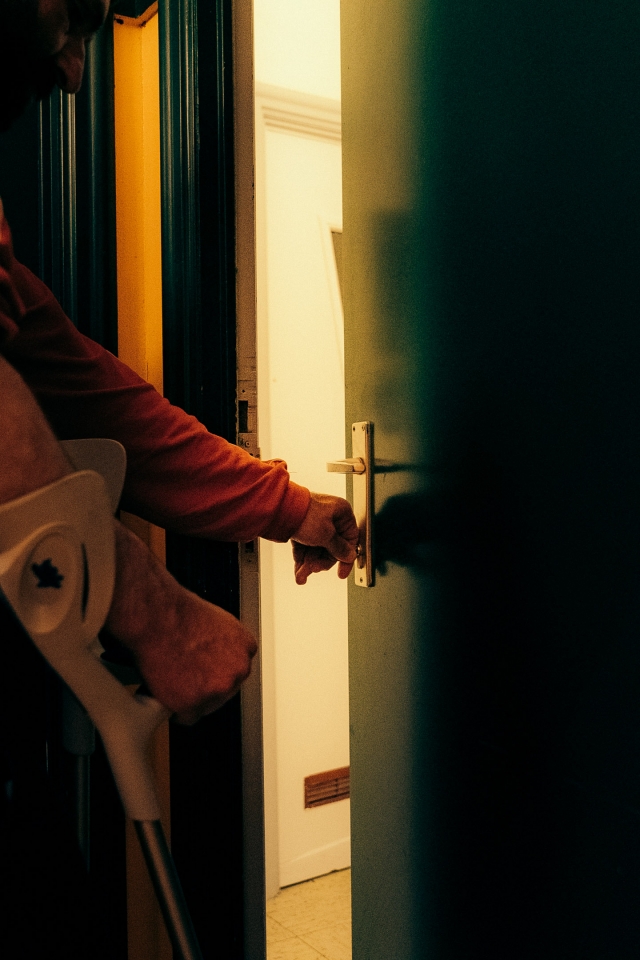Street nurses’ ultimate goal is to rehouse all of its patients and ensure that they return to a stable situation.
Access to housing is, in fact, one of the first levers for ending homelessness. It also allows thousands of men and women living on the streets to regain their dignity.
However, finding housing does not happen by itself. The homeless person does not have all the cards in hand to do it themself, which is where the "housing sensor" comes in. This person, in collaboration with the field workers, makes the link with the Social Housing Agencies.

How does it work?
The work of the housing sensor is divided into two axes: the "housing" follow-up of the patient-tenants and the "prospecting/creation of housing".
Its goal is to obtain a maximum number of housing units by making contact with new potential partners, including from the private sector.
It can, among other things, propose to individuals to sign a contract with one of the 23 social real estate agencies in exchange for a reduction in rent granted by the landlords and which allows them to access a series of advantages.
It also participates in working groups and reflection on housing in the Brussels-Capital Region and the search for housing/partnerships.
Today, the Social Housing Agencies are proving to be the only gateway to accessible housing for the very low-income homeless public. Indeed, in this system, which has proven its benefits and success, the interests of some are supported by the interests of others, to the benefit of everyone, especially those waiting for housing.
Finally, the task of the housing creator is to strengthen the search for housing as part of the Housing First project and to continue the follow and support the patient while respecting the landlords.
Once the person has been rehoused, the housing sensor ensures the link between the tenant and the landlord.
The landlord can turn to him to highlight successes or the problems encountered. The tenant, for his part, can count on his administrative or logistical support. In this, the housing sensor frequently visits tenants' homes as well as the headquarters of real estate operators.
© photos P-Y Jortay - Infirmiers de rue 2020

